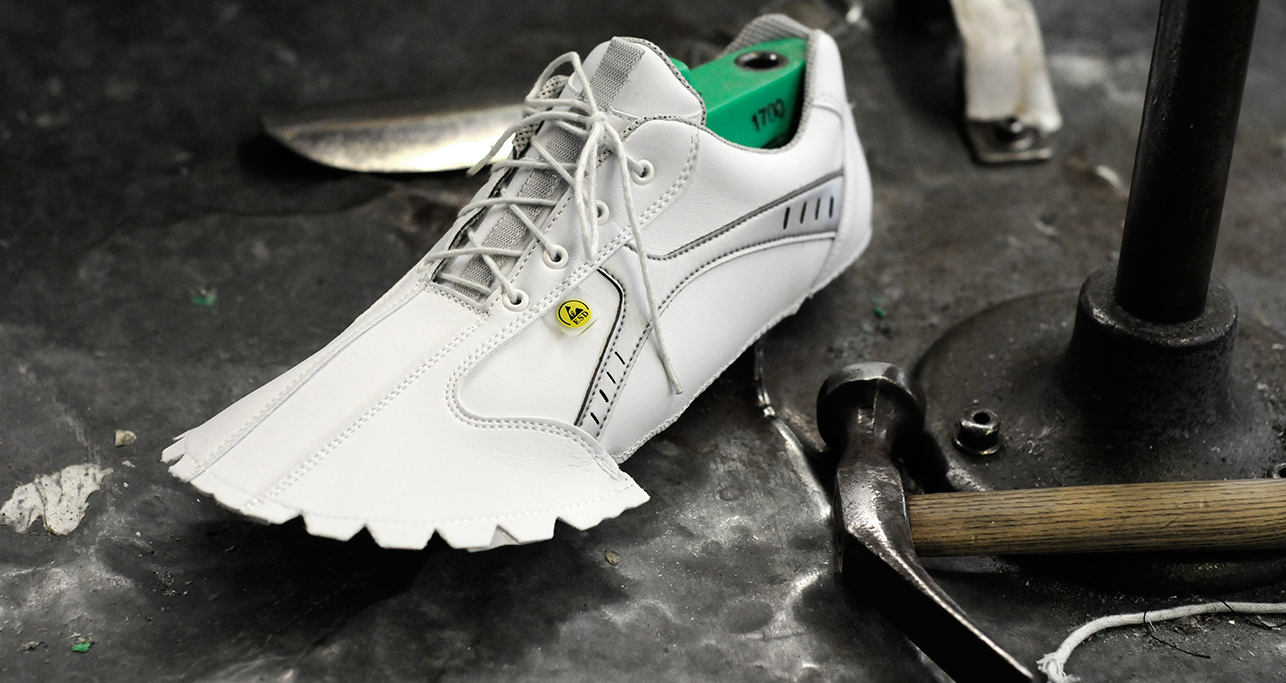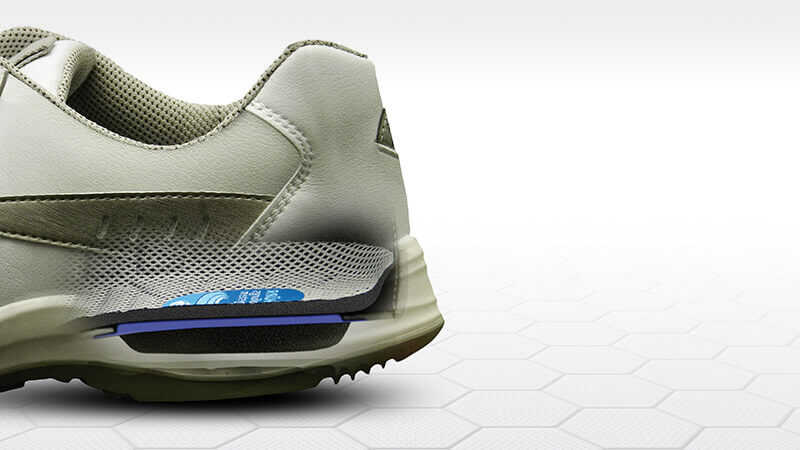- anti-skid sole
- anti-slip sole
- closed heel area
- antistatic
- energy absorption capacity in the heel area
- fuel resistance of the outsole
- anti-slip sole
- closed heel area
- antistatic
- energy absorption capacity in the heel area
- fuel resistance of the outsole
- increased safety with regard to water penetration and absorption
- protective toe cap
- anti-slip sole
- protective toe cap
- anti-slip sole
- closed heel area
- antistatic
- energy absorption capacity in the heel area
- fuel resistant outsole
- protective toe cap
- anti-slip sole
- closed heel area
- antistatic
- energy absorption capacity in the heel area
- fuel resistant outsole
- increased safety with regard to water penetration and absorption
- protective toe cap
- anti-slip sole
- puncture-resistant
- protective toe cap
- anti-slip sole
- closed heel area
- antistatic
- energy absorption capacity in the heel area
- fuel resistant outsole
- puncture-resistant
- protective toe cap
- anti-slip sole
- closed heel area
- antistatic
- energy absorption capacity in the heel area
- fuel resistant outsole
- increased safety with regard to water penetration and absorption
- puncture-resistant






